Stone fences are not just functional, but they can also enhance the aesthetics of your property. They add a classic, rustic feel to your home and can increase its curb appeal. However, building a stone fence requires careful planning and consideration to ensure it is structurally sound and visually appealing. Here are the top three things every homeowner should consider when having a stone fence built.
Stone Type and Quality
Choosing the right type of stone is crucial in creating a durable and aesthetically pleasing fence. Stone fences can be made from various types of stone, including limestone, sandstone, granite, and slate. The type of stone you choose should complement the style of your home and the surrounding landscape.
The quality of the stone is also essential. Poor-quality stone can result in a fence that is prone to damage and deterioration. High-quality stone is durable, can withstand harsh weather conditions, and is less likely to chip or crack. It is important to work with a reputable stone supplier who can provide you with high-quality materials.
The average cost of a stone fence will depend on the type and quality of the stone you choose, as well as the length and height of the fence. A rough estimate for a 50-foot long, 6-foot high stone fence can range from $8,000 to $12,000.
Design and Construction
The design and construction of your stone fence are critical factors to consider. The fence should complement the style of your home and the surrounding landscape. The design should also take into account the function of the fence. Are you looking for privacy or simply want to add an accent to your property? This will determine the height and length of the fence.
The construction of the fence is also important. It should be constructed by experienced stonemasons who understand the properties of the stone and how to work with it. Proper construction techniques ensure that the fence is stable and long-lasting.
Maintenance
Stone fences require regular maintenance to keep them looking their best. The maintenance required will depend on the type of stone you choose and the location of the fence. For example, if your fence is in an area with a lot of trees or shrubs, you may need to clean it more frequently to prevent the growth of moss or algae.
You should also consider the frequency of repairs. Even with regular maintenance, stone fences can experience wear and tear, especially in areas with harsh weather conditions. You should be prepared to invest in repairs when necessary to ensure the longevity of your fence.
In summary, building a stone fence requires careful consideration of the type and quality of the stone, design and construction, and maintenance. By taking these factors into account, you can create a beautiful and functional fence that will add value to your home.
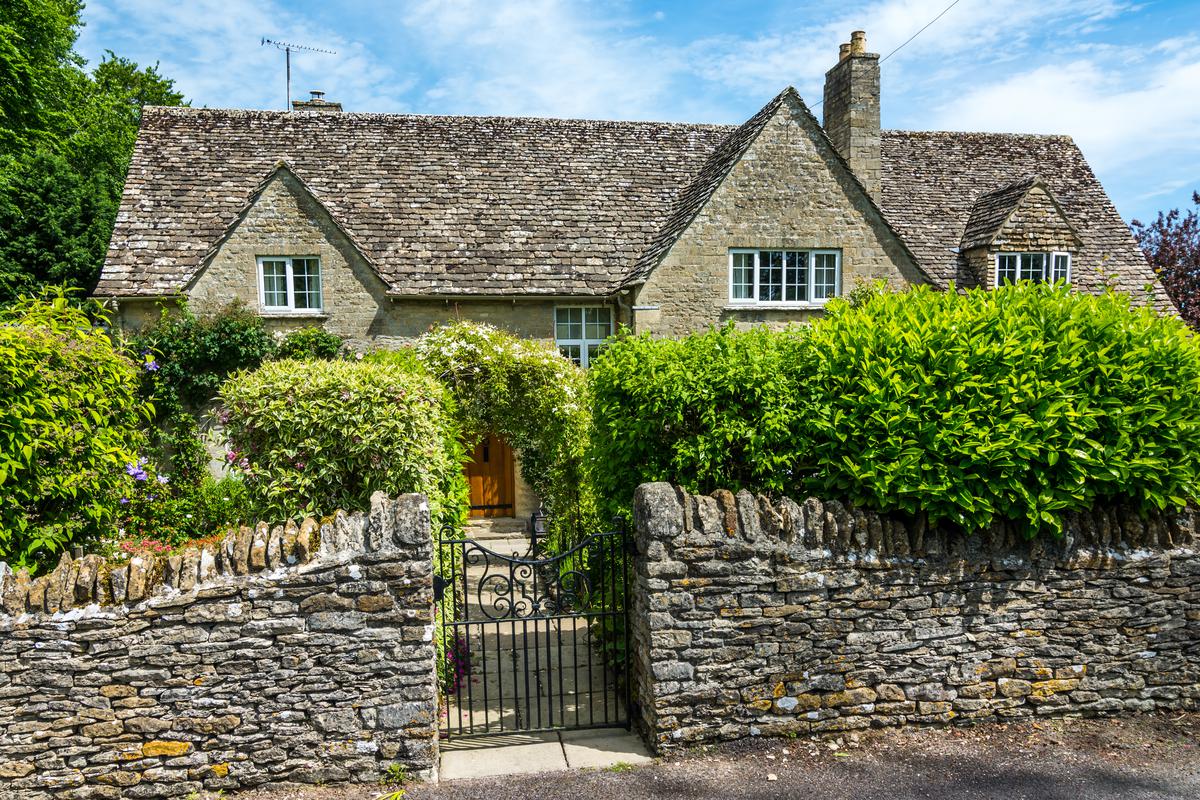

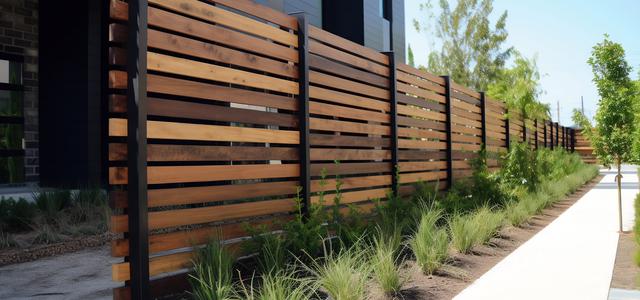
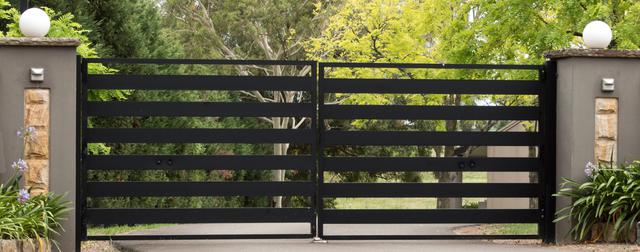
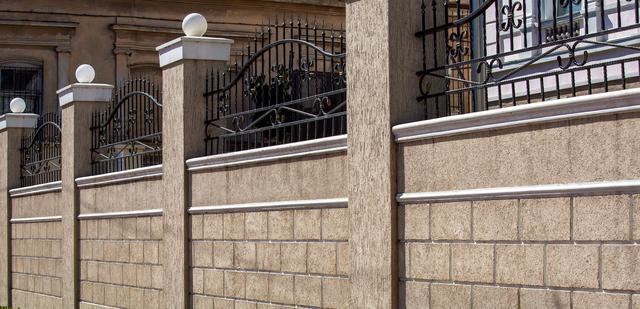
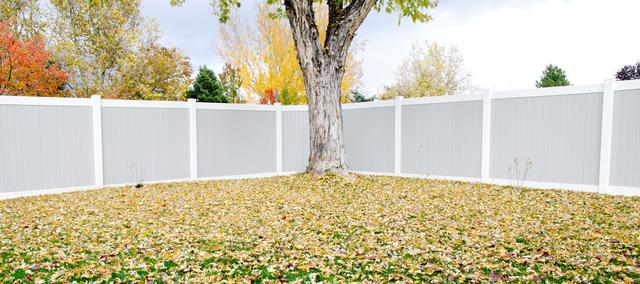
comments